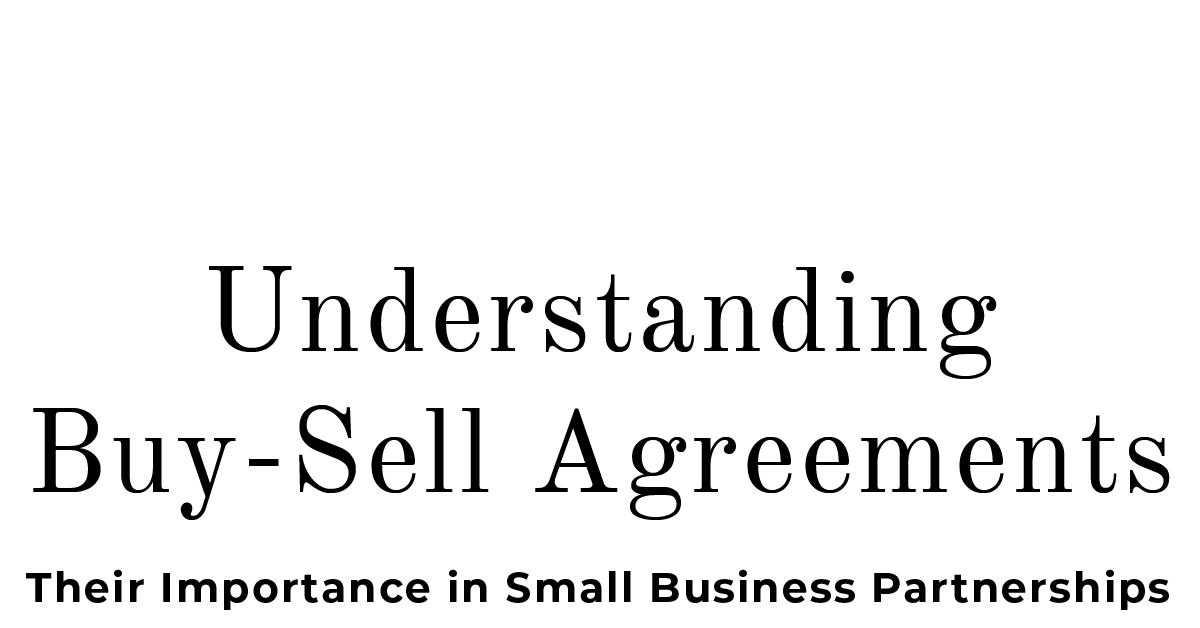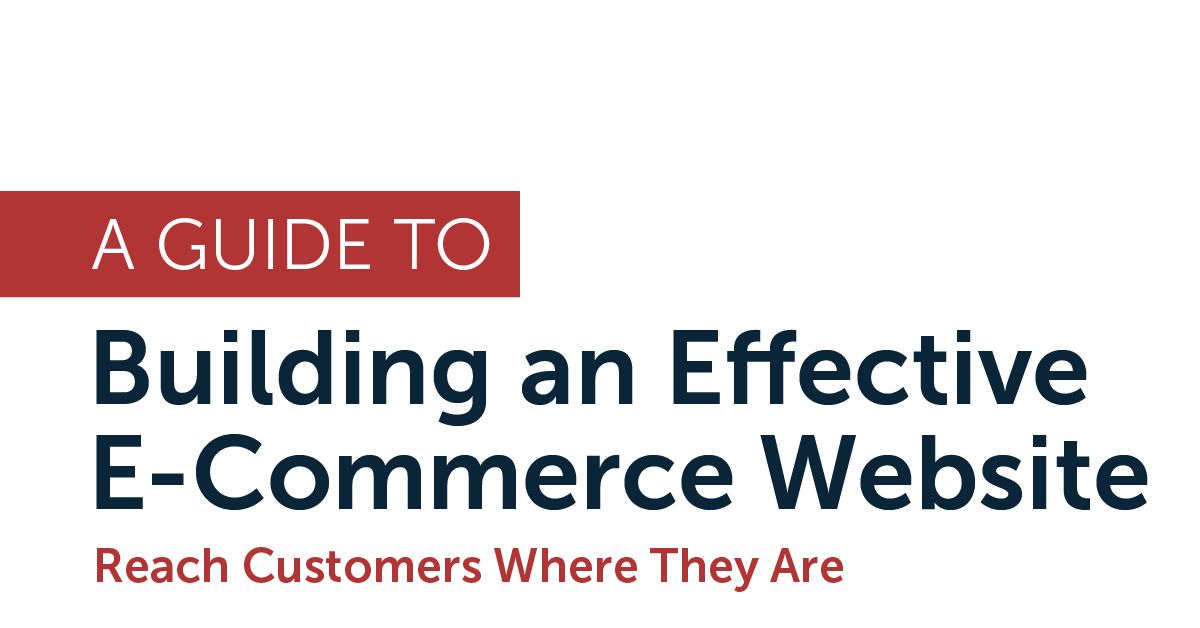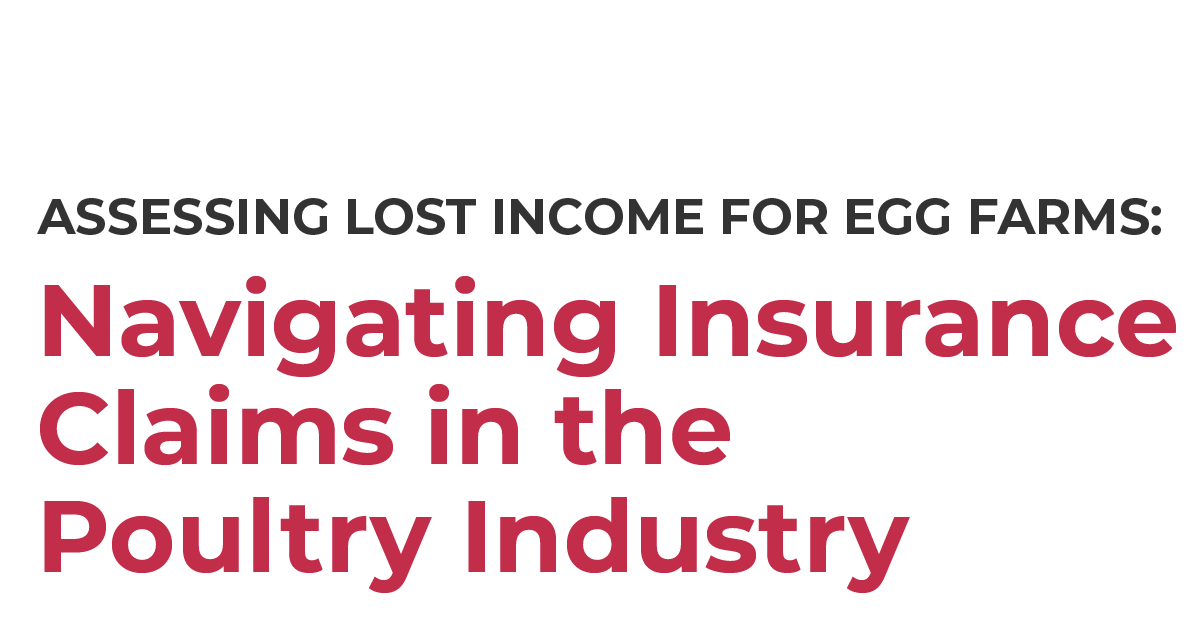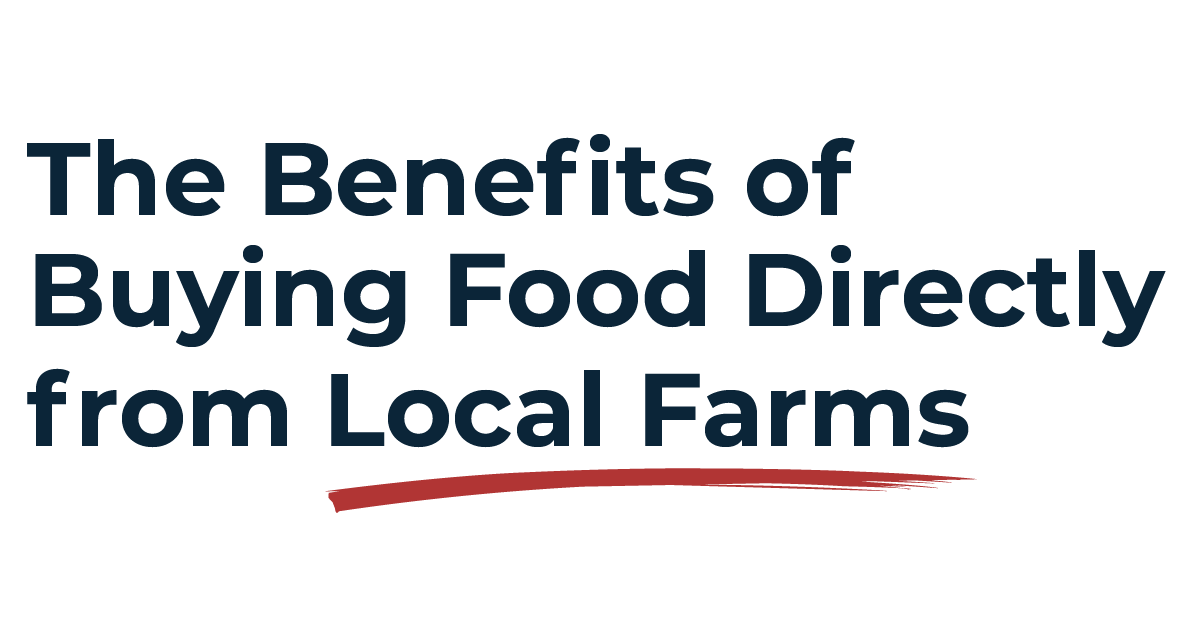Understanding Buy-Sell Agreements: Their Importance in Small Business Partnerships


written by Matthew Wagoner, Principal, The Wagoner Firm
Starsky & Hutch. Tango & Cash. Batman & Robin. They all have one thing in common: their partnership is key to their success. And when we view the small business market, we see much of that same trend. Partnerships, time and time again, can form the bedrock of a flourishing and highly profitable business. However, they also bring complexities that need careful planning and foresight.
One critical element that every small business should consider is a buy-sell agreement. This legal document is not only a safeguard for the business but also a cornerstone of aligned estate planning for business owners and their loved ones. Understanding its importance and how it integrates with estate planning can ensure the longevity and stability of a business, even amidst unforeseen circumstances. In this article we’ll explore these concepts in more detail and explain the critical interaction between them.
The Significance of Buy-Sell Agreements
A buy-sell agreement serves several vital functions. First, it protects the interests of the remaining partners by allowing them to buy out the departing partner's share, rather than allowing external parties (the departing partner’s spouse, children, creditors, etc…) to become involved in the business. This is particularly important in maintaining the stability and direction of the company. Second, it provides the departing partner or their heirs a clear exit strategy, ensuring they are compensated for their share of the business.
For instance, if a partner passes away unexpectedly, a buy-sell agreement ensures that their interest in the business is automatically offered to the remaining partners, who purchase the partnership interest from the estate. This setup not only secures financial stability for the deceased partner’s family but also prevents any operational disruption by keeping the business within the hands of those who are already involved and invested in its success. Without an agreement in place, it’s possible for a surviving spouse or family member to inherit a significant stake in a business they know very little about and are unprepared to manage.
Aligned Estate Planning for Business Owners
Planning for your own passing may feel like a morbid exercise, but it’s one that holds more importance than many realize.Because aligned estate planning is all about making sure your personal and business plans are synced up, so everything goes smoothly for your family and your business when you're no longer around. In other words, it’s a game plan for the worst-case scenario. For business owners, it involves arranging the legal and financial affairs of one’s business to ensure a seamless transition and minimal tax implications upon the owner’s death or incapacitation. This alignment is crucial because it ensures that personal and business assets are handled according to a unified strategy, reducing or eliminating complications and conflicts among heirs and business partners.
This strategy often involves the use of life insurance, trusts, wills, and various business agreements to achieve a balance that meets personal and business objectives. This can include the transfer of ownership shares to family members or the designation of successors in leadership roles.
Integration of Buy-Sell Agreements with Aligned Estate Planning
A buy-sell agreement plays a pivotal role in aligned estate planning by defining exactly how business shares are to be handled in the event of an owner’s death or incapacitation. This agreement is a cornerstone of ensuring that the business transitions smoothly to the remaining partners or new owners without legal entanglements or disputes that could jeopardize both the business and the family's financial security.
The integration of a buy-sell agreement into estate planning can:
Ensure that the business owner’s family is financially compensated for their business interest without having to engage in the day-to-day operations of the business.
Provide a clear, agreed-upon valuation and sale procedure for the business shares, which can significantly reduce the potential for conflict among the remaining partners and the family members of the deceased.
Align the interests of all parties involved, including business partners, family members, and other stakeholders, making the transition as smooth as possible.
Resources for Effective Buy-Sell Agreements and Estate Planning
When it comes to developing and implementing buy-sell agreements and aligned estate planning, the expertise of professionals is indispensable. The best resources typically include:
Experienced Attorneys: Lawyers who specialize in business law and estate planning can provide invaluable assistance in drafting and reviewing buy-sell agreements and estate plans. First, they understand how businesses operate and how the transition process works. Moreover, they ensure that all legal documents reflect the current laws and best practices.
Leading attorneys in these fields understand the intricacies of both business dynamics and personal estate considerations. They are adept at navigating complex legal and financial landscapes, making them invaluable in identifying potential legal pitfalls and providing strategic advice to mitigate risks. Furthermore, their expertise allows them to tailor each agreement or plan to the specific circumstances of your business and personal goals, which can vary greatly from one business owner to another.
Financial Advisors and Accountants: These professionals can offer advice on the financial implications of buy-sell agreements and estate plans. They help business owners understand the tax consequences and financial benefits of their planning choices. And they help put together plans to facilitate the payment terms and funding mechanisms. For example, in many cases, buy-sell agreements are funded through life insurance policies on the partners’ lives. Financial professionals can assist in setting up these policies to ensure that funds are available for the buyout when needed.
Closing Thoughts
Integrating buy-sell agreements with aligned estate planning is a smart and seamless way to manage the transfer of business ownership in small partnerships. This approach makes sure that everyone's interests are safeguarded and that the business can keep running smoothly, even through the death of a partner. Getting help from experienced professionals for these arrangements not only brings peace of mind but also helps ensure the business's legacy for future generations.
If you have questions about buy-sell agreements or aligned estate planning, our office is happy to take your call. For more information, please visit thewagonerfirm.com.
Attorney Advertising: Prior results do not guarantee future outcomes.
Read more: Understanding Buy-Sell Agreements: Their Importance in Small Business Partnerships












